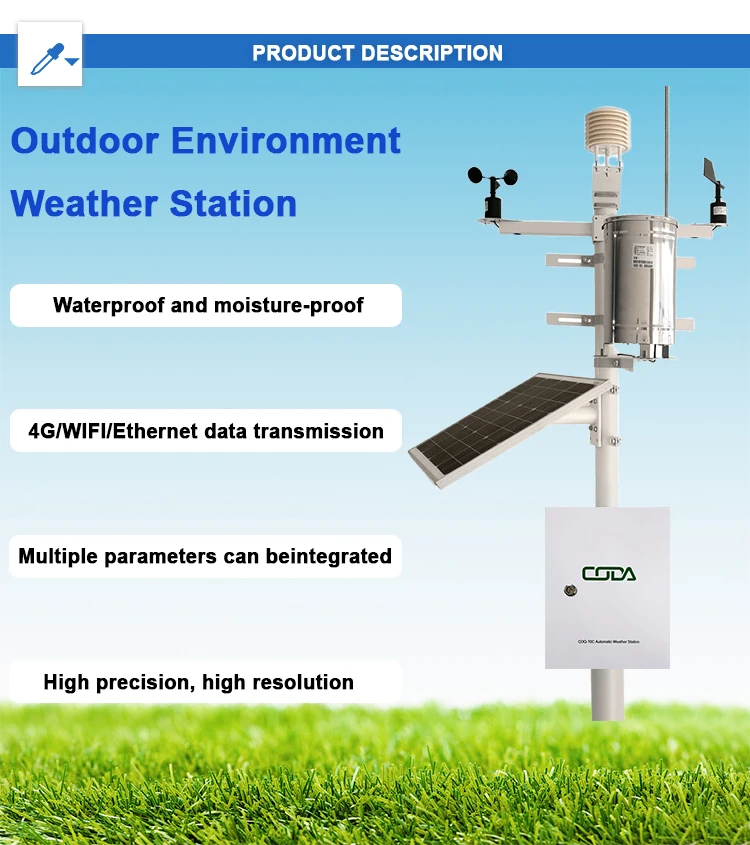
# The Pros and Cons of Automatic Weather Stations
## Introduction
Automatic Weather Stations (AWS) have revolutionized meteorological data collection by providing continuous, real-time weather information. These systems are widely used in agriculture, aviation, marine operations, and climate research. While they offer numerous benefits, they also come with certain limitations that users should consider.
## Advantages of Automatic Weather Stations
### 1. Continuous Data Collection
One of the most significant advantages of AWS is their ability to collect weather data 24/7 without human intervention. This continuous monitoring provides a comprehensive dataset that manual observations cannot match.
### 2. High Accuracy and Precision
Modern AWS are equipped with sophisticated sensors that measure various parameters with high precision:
- Temperature (±0.1°C accuracy)
- Humidity (±2% RH accuracy)
- Wind speed and direction (±0.3 m/s)
- Precipitation (0.2mm resolution)
### 3. Remote Accessibility
Data from AWS can be transmitted wirelessly to central databases, allowing meteorologists and researchers to access real-time information from anywhere in the world. This feature is particularly valuable for monitoring remote or hazardous locations.
### 4. Cost-Effective in the Long Run
While the initial investment may be substantial, AWS reduce labor costs associated with manual weather observations and can operate for years with minimal maintenance.
## Disadvantages of Automatic Weather Stations
### 1. High Initial Costs
Setting up a professional-grade AWS requires significant capital investment for:
- High-quality sensors
- Data loggers
- Communication systems
- Installation infrastructure
### 2. Maintenance Requirements
AWS require regular maintenance to ensure data accuracy:
Sensor calibration every 6-12 months is recommended, and exposure to harsh weather conditions can accelerate wear and tear on components.
### 3. Potential Data Gaps
Technical failures, power outages, or communication disruptions can lead to missing data periods. Unlike human observers, AWS cannot make qualitative assessments or note unusual weather phenomena that sensors might miss.
### 4. Limited Flexibility
Once installed, AWS are designed to measure specific parameters at fixed locations. Adding new measurement capabilities often requires hardware upgrades or additional stations.
## Conclusion
Automatic Weather Stations represent a significant advancement in meteorological technology, offering unparalleled data collection capabilities. However, their effectiveness depends on proper installation, regular maintenance, and understanding their limitations. For many applications, the benefits of AWS far outweigh their drawbacks, making them an essential tool in modern weather monitoring and climate research.
Organizations considering AWS implementation should carefully evaluate their specific needs, budget constraints, and technical capabilities to determine if these systems are the right solution for their weather monitoring requirements.